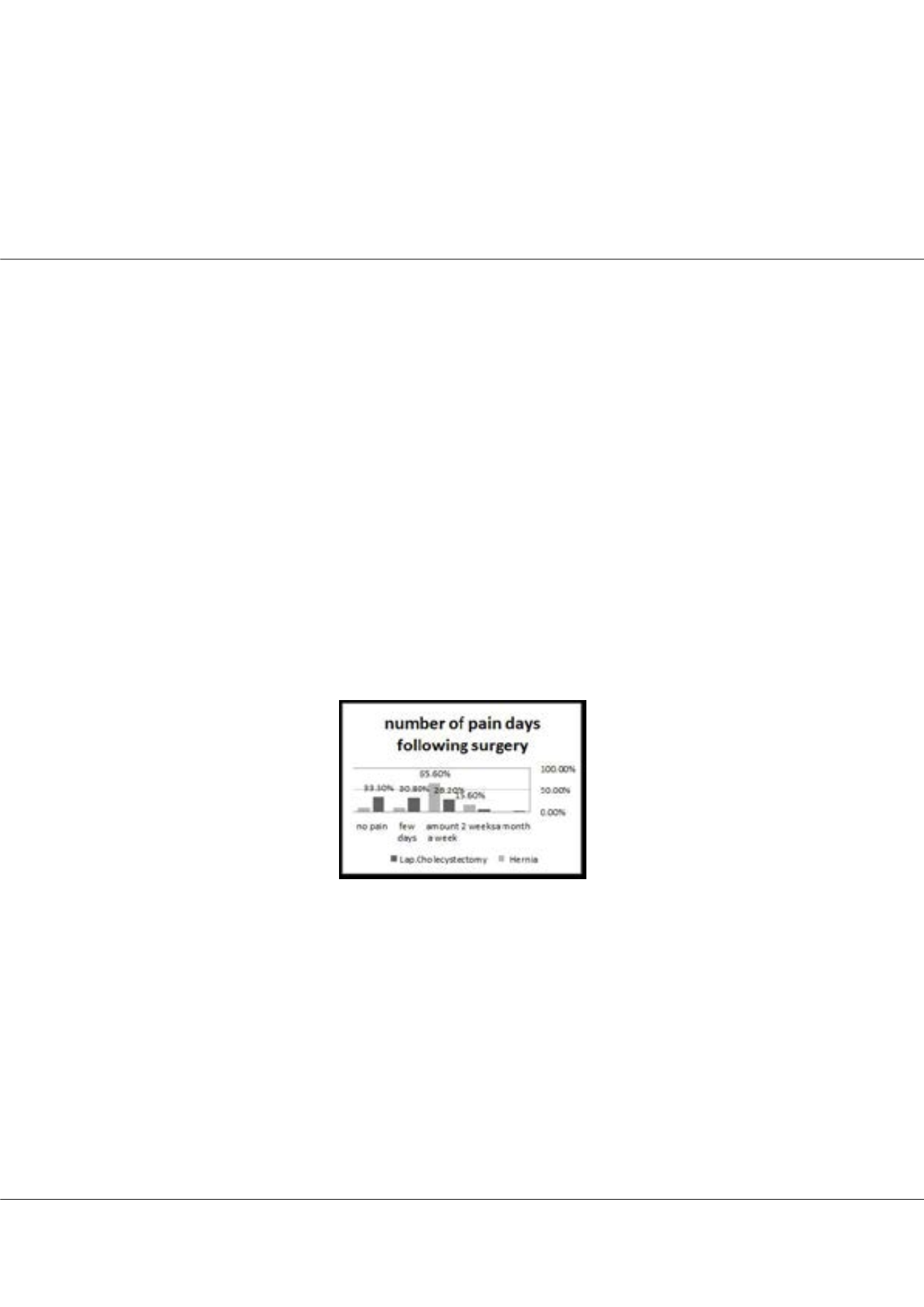

Page 40
conferenceseries
.com
Volume 6, Issue 5 (Suppl)
J Pain Relief, an open access journal
ISSN: 2167-0846
Pain Management 2017
October 05-06, 2017
5
th
International Conference and Exhibition on
October 05-06, 2017 London, UK
Pain Research And Management
Chronic post-surgical pain (CPSP) in patients with no pre-surgery pain or pain history
Bell Almog, Simi Shitrit
and
Yardena Kol
Kaplan Medical Center, Israel
C
hronic Post-Surgical Pain (CPSP) is a recognized phenomenon, considered a complication of surgery. CPSP affects quality
of life with a marked increase in the need for health services and high economic costs. Recently a new definition is
suggested including four elements necessary for defining CPSP: pain develops following surgery, lasts at least two consecutive
months, the patient has no chronic pain from another source, and no pre-surgery pain. This study examined the incidence of
CPSP, following two types of surgical procedures in patients undergoing their first surgery, with no pre-surgery pain or disease
history involving chronic pain. The study focused on pain management during and following surgery, and investigated the
effect of treatment on the development of chronic pain. It also investigated the impact of early discharge on the patient's coping
with self-treatment. The descriptive research was approved by the local Helsinki Commission (0150-09-KMC), and included a
sample of 71 patients of genders, aged 25-67, undergoing open inguinal hernia repair or laparoscopic cholecystectomy under
general anesthesia. The patients were discharged one day after the procedure, signing an informed consent form to participate
in the study. Data was collected from medical records and a telephone interview conducted 3 months post-surgery. The results
indicated low use of health services and no incidence of CPSP in patients who had surgery for the first time, with no disease
history involving chronic pain. Study results reinforce other research hypotheses about the importance of perioperative
treatment and prevention of central sensitization. The contribution of this study concerns continuation of treatment after
discharge. Implementation of research results: For hernia repair patients, a week of round the clock medication and rescue
medication as needed is recommended, detailed instructions with emphasis on the importance of continuing treatment. For
cholecystectomy patients, continuing treatment is recommended for several days.
Biography
Bell Almog is an Acute Pain Coordinator, for the last 17 years, responsible of the pain management field within the medical center. She is responsible for initiation
and implementation of evidence based protocols among all departments include in discharge. She initiated two pain studies, participated in two others, and
managing 7 quality processes to improve pain treatment and management.
bellaal@clalit.org.ilBell Almog et al., J Pain Relief 2017, 6:5(Suppl)
DOI: 10.4172/2167-0846-C1-014
Figure 1:
There was a statistical difference in pain days found between the procedures. (p-
0.005) 65.6% of hernia patients reported pain continuing for a week. Only 5 patients (15.6%)
reported pain continuing for two weeks. One-third of cholecystectomy patients reported no
pain following discharge. 30% reported on a few pain days (2-3 days), and 28.2% reported
on pain continuing for a week. Only one patient reported on pain continuing for a month
(following cholecystectomy). No patient reported pain continuing more than a month
.
















